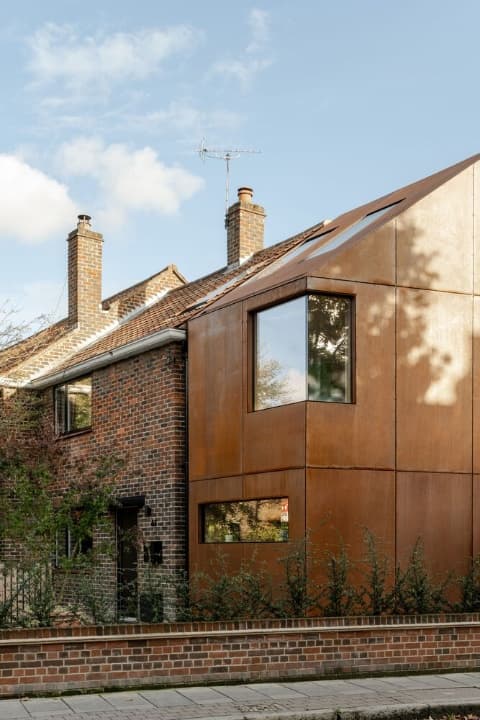

Green biomorphosis
"Nature" and "artificial" are often seen as two opposing concepts. "Nature" generally refers to the physical world and its phenomena, including living organisms and non-living materials, which are not created by humans. "Artificial," on the other hand, refers to anything that is made or produced by human beings, including machines, structures, and systems. However, in recent times, the border between the natural and the artificial has become increasingly blurred. Many of the things we create are inspired by the natural world, and we often try to imitate or replicate natural systems in our technological innovations. For example, biomimicry is a design approach that takes inspiration from nature to create sustainable and efficient solutions. Furthermore, as humans transform and impact the natural world through our activities, it can be argued that many landscapes and ecosystems have become "artificialized." For example, cities, highways, and industrial areas have eliminated natural habitats and altered the composition of the environment.

The Library of Form
Samuel, an architecture student fascinated by urban evolution, discovers an ancient map with mysterious coordinates leading to a hidden, otherworldly library—the Library of Form. Inside, he finds endless halls filled with blueprints, models, and visions of cities that have existed, could have been, or are yet to come. Guided by a wise librarian, Samuel stumbles upon a blueprint of his hometown, but with a shocking twist: the city was never built, replaced instead by an untouched forest. A cryptic note reveals that a single decision centuries ago shaped its existence. As he studies the blueprint, reality around him begins to shift, and he realizes the library holds the power to alter history. Descending deeper into the archives, Samuel sees visions of possible futures—some utopian, others dystopian—each shaped by architectural choices. Holding the blueprint of his city, he faces a daunting question: should he preserve the world he knows or allow history to take a different path? With the library’s truth revealed, Samuel steps toward an uncertain fate, knowing that architecture does not just shape cities—it defines the course of time itself